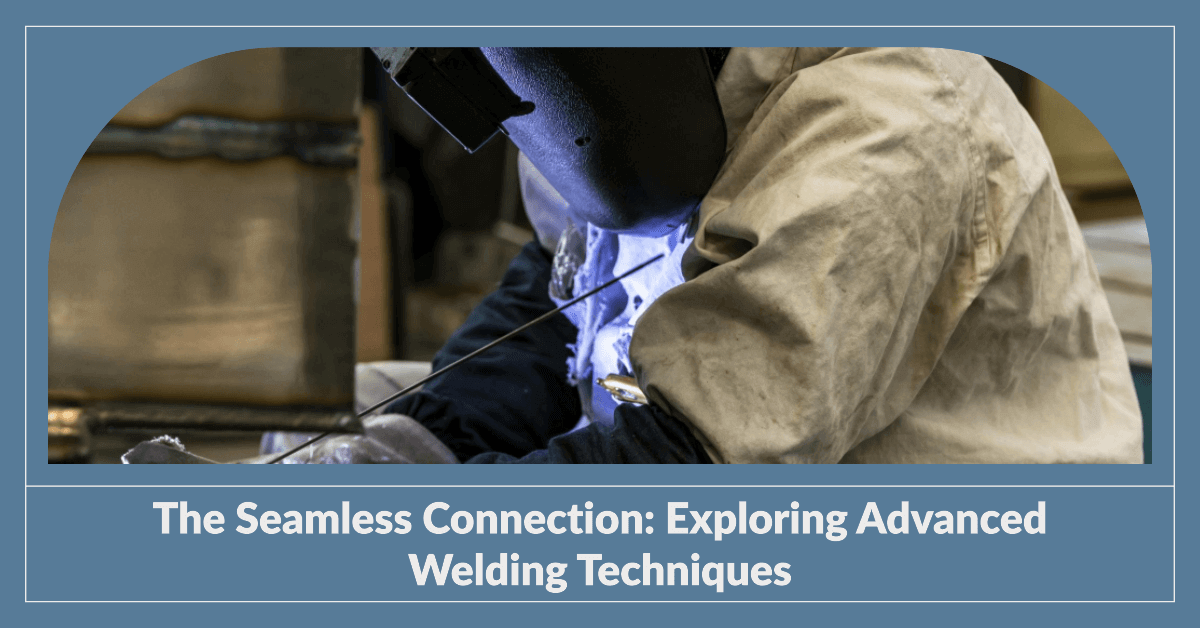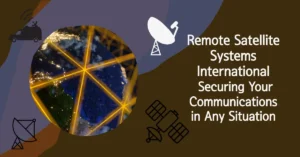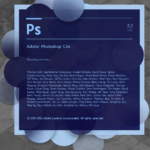Welding stands as the quintessential process that brings together separate pieces into a unified whole in the world of metal fabrication. While traditional techniques have been tried and tested over the years, advancements in technology and materials have given rise to a new era of welding techniques that promise greater precision, strength, and versatility. This article delves into the exciting world of advanced fusion techniques, starting from laser welding and their impact on modern fabrication.
A Beaming Marvel
One of the stars of advanced techniques is creating a metallic fusion using laser, a method that harnesses the power of focused light beams to create seamless connections between metals. Unlike the traditional process, which relies on intense heat generated by electrical arcs or flames, it operates with precision. It minimizes the heat-affected zones and reduces the chances of distortion in the welded materials.
How it Works
Welding with a laser uses a high-energy laser beam to melt and fuse the edges of two metal pieces. The laser is controlled with remarkable precision, and this enables the metal fusion of even the most delicate components. The result? Strong, precise, and virtually distortion-free joints.
Versatility Beyond Compare
One of the greatest advantages of laser fusion is its remarkable versatility. It can be applied to an array of materials, from metals to plastics and even ceramics. This flexibility makes it a valuable asset across various industries, from aerospace to medical equipment manufacturing. Moreover, its ability to weld dissimilar materials opens up new possibilities in design and engineering.
Invisible Bonds: The Appeal of Micro Fusion
Micro-welding, as the name suggests, involves metallic fusion on a microscopic scale. This advanced technique allows for the joining of tiny components with utmost precision. It’s a game-changer in industries like electronics and medical devices, where miniature, intricate parts are the norm. With micro welding, it’s possible to create intricate, nearly invisible joints that are both strong and reliable.
Under the Microscope
Microwelding employs high-powered microscopes to provide an up-close view of the metallic fusion process. This level of magnification is crucial when working with minuscule parts. Specialized equipment and skilled operators ensure that even the tiniest welds are executed flawlessly, guaranteeing the structural integrity of the final product.
The Power of Sound Waves
Ultrasonic metallic fusion takes a different approach, using high-frequency sound waves to create frictional heat at the joint. This heat results in the melting and bonding of the materials. This technique is frequently used in industries where a non-invasive approach is necessary, such as the medical and automotive sectors.
Sonic Precision
The secret behind ultrasonic fusion is its precision. The energy is applied directly to the exact point where the materials need to bond, leaving the surrounding areas untouched. This minimizes the risk of damage to sensitive components and ensures the structural integrity of the final product.
The Silent Connection
Another impressive member of the advanced family is resistance metallic joining. This technique uses electrical resistance to generate heat at the weld point, effectively joining the materials. It is commonly used in the automotive and construction industries, where speed and reliability are paramount.
Stirring the Possibilities
The beauty of friction stir welding lies in its ability to create strong, high-quality welds without compromising the structure of the base materials. It’s a solid choice for applications where the integrity of the materials is crucial.
Conclusion
In advanced metal joining techniques, precision, versatility, and efficiency are the cornerstones. Laser, micro, ultrasonic, resistance, and friction stir welding are all integral components of modern fabrication, each offering a unique set of advantages and applications.
As technology continues to evolve, you can expect even more innovative welding techniques like laser welding to emerge, further revolutionizing the world of metal fabrication. These techniques are bridging the gap between the challenges of the traditional fusion of metals and the demands of modern, intricate designs. The seamless connections they create are a testament to human ingenuity and progress in the field.








